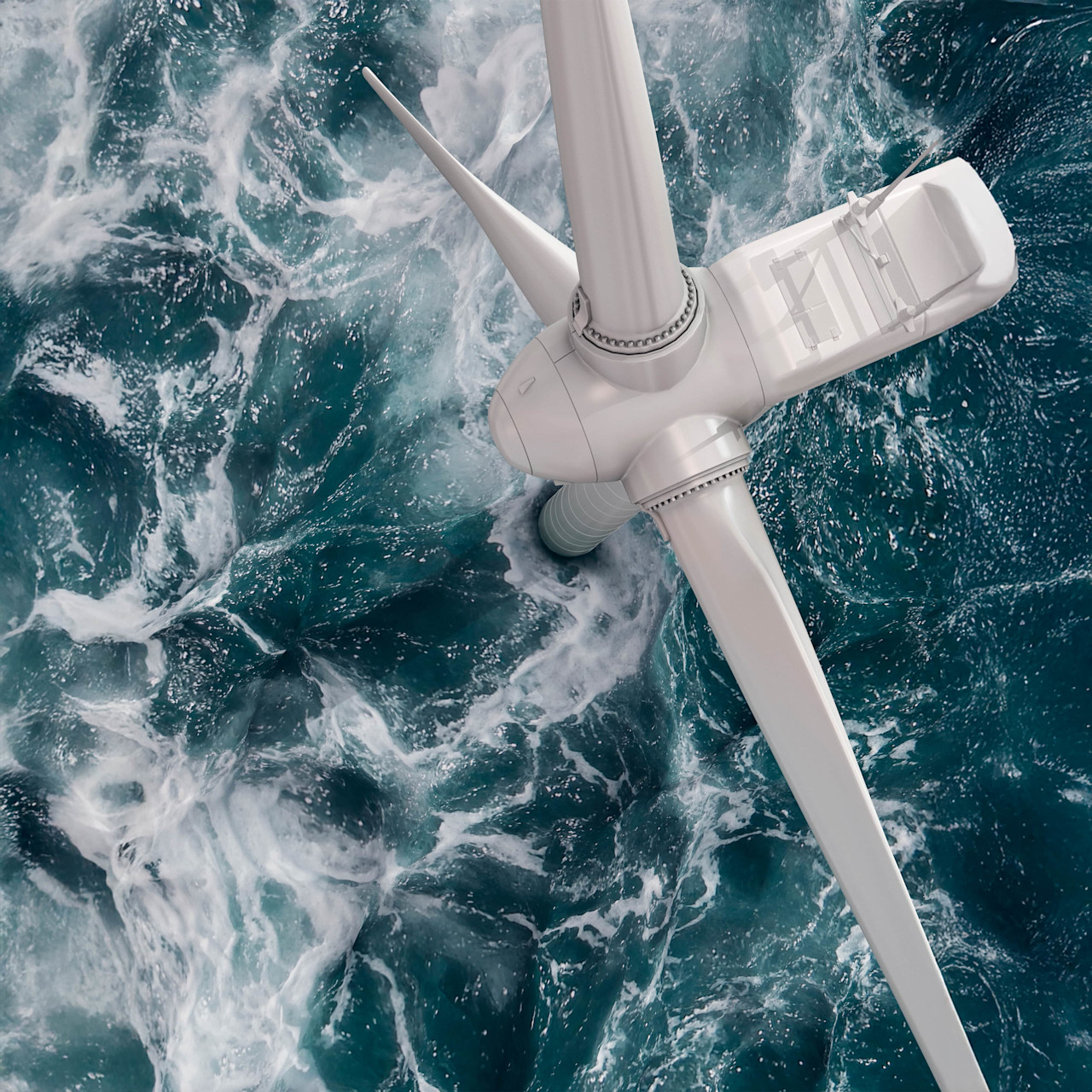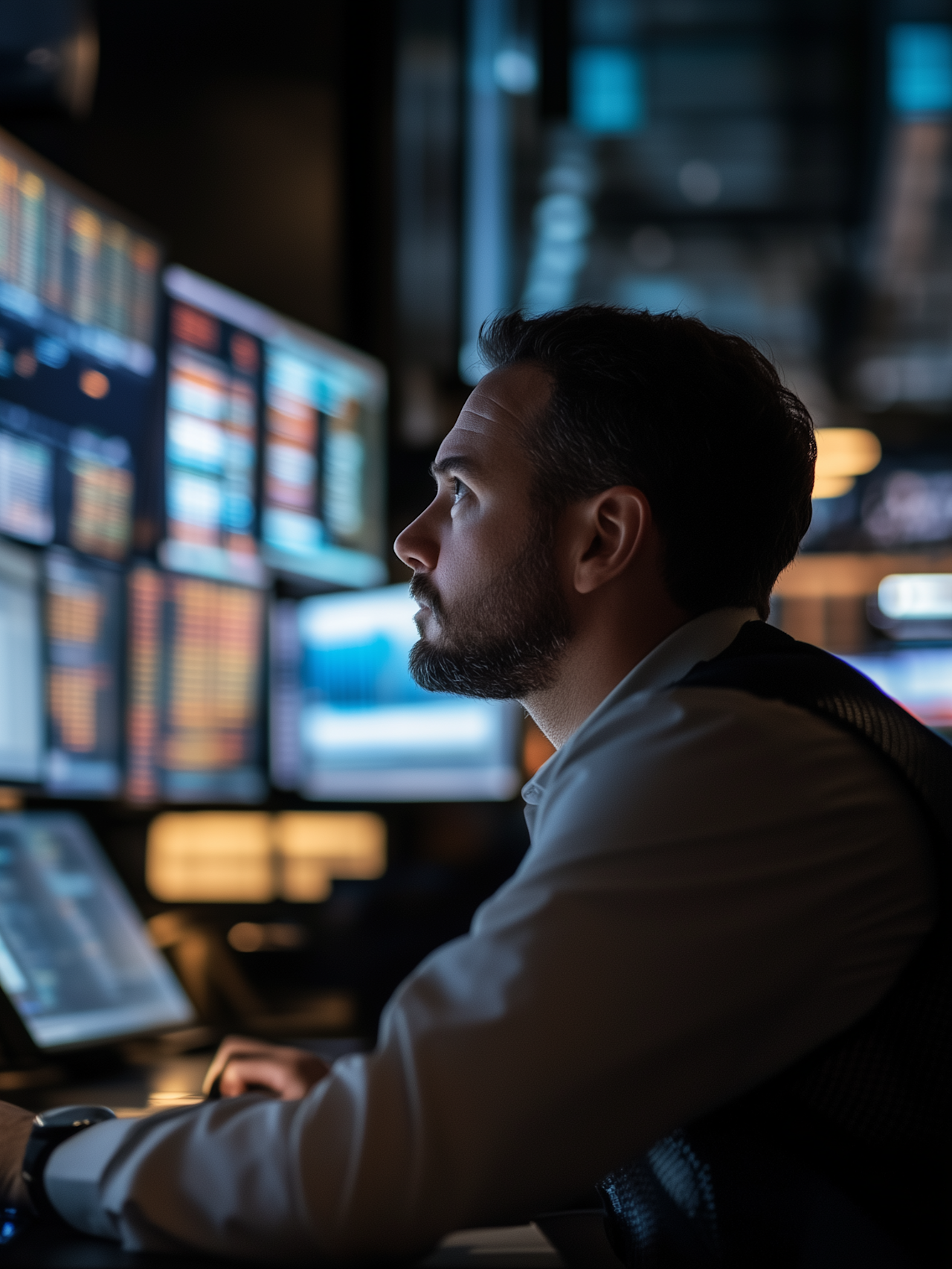Climate investing
Investing in bonds and striving to keep the global temperature rise well below 2°C.
Robeco’s first sustainable investment portfolio dates back more than 20 years. Today, from fixed income to equity solutions targeting the long-term effects of global warming, we’re also at the forefront of climate investing. By diving deeper to understand dynamics and impact, our comprehensive sustainability approach leads to better-informed investment decisions that also look after the world we live in.


























